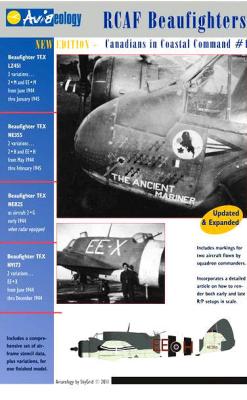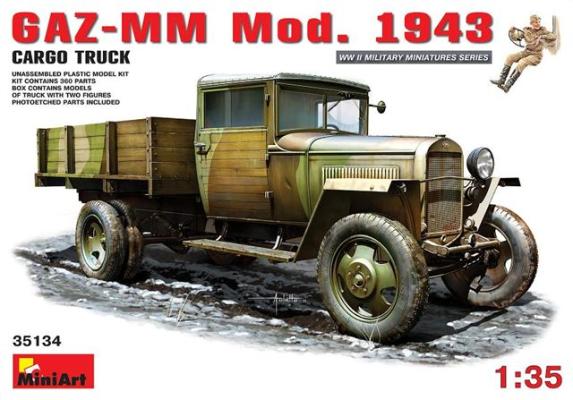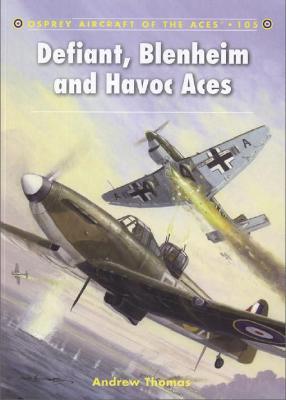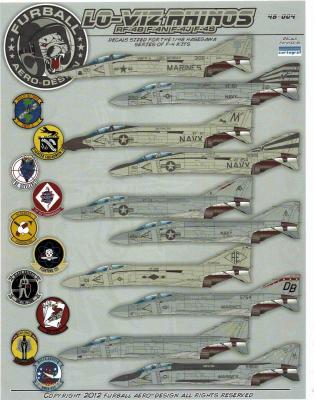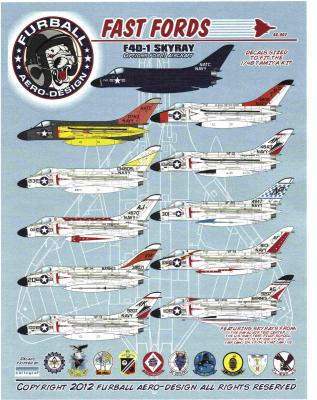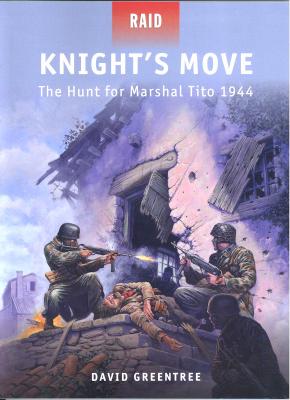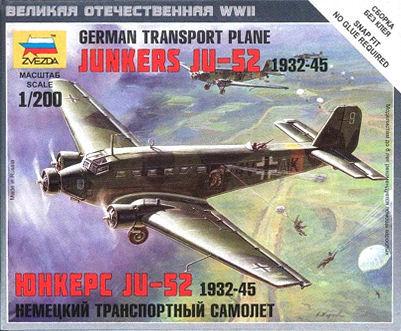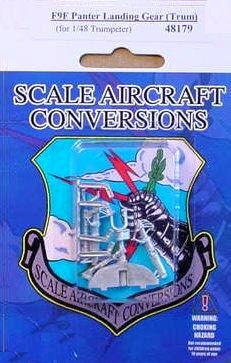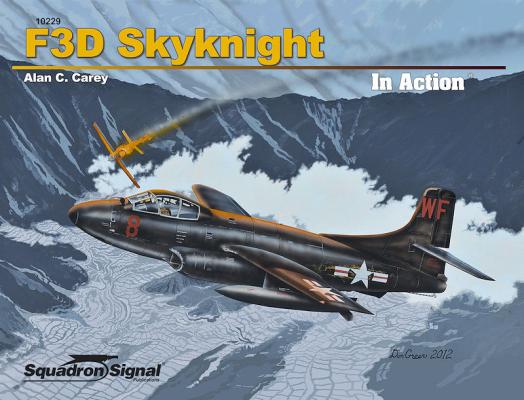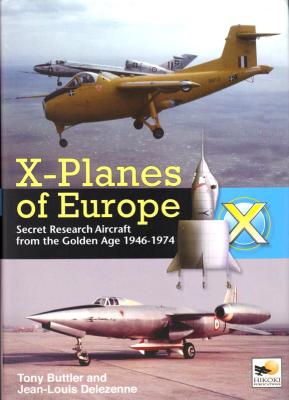Some months ago, I had the opportunity to review the Aviaeology RCAF Beaufighters in Coastal Command decals, product number AOD48002m, which ultimately resulted in an uncontrollable urge to build a Beaufighter and use the decals. I had two Tamiya Beaufighter kits in my stash with the goal, of course, to build both someday. The Aviaeology decals offered that inspiration.
What's New
History – The GAZ Model 1943 Cargo Truck was based on the original GAZ-AA and, due to material shortages caused by the war, incorporated several metal and miscellaneous components changes. The vehicle was equipped with a more powerful 50 HP engine, simplified cab, the right headlamp was omitted, and brakes were fitted to the rear wheels only. Wood doors were added to the cab to improve driver comfort during the harsh winters.
Gorkovsky Avtomobilny Zavod (GAZ, aka Gorky Automobile Plant) manufactured 138,600 GAZ-MM trucks.
This book from the series Aircraft of the Aces covers the exploits of Defiant, Blenheim, and Havocs in the RAF (with only one exception of the USAAF). It follows the chronological order of the type’s services in the RAF.
First, the book covers the day fighter role of the Defiant over Dunkirk and the Battle of Britain, when it was quickly realized the airplane needed to be flying only against unescorted bombers and therefore converted to night fighter duties. Interestingly enough Defiants and Blenheims could hold their own their own against Bf-109s, but only if flown by well-trained pilots and if the whole flight would utilize proper tactics to coordinate protection for each other.
Furball Designs fourth issue is a set of markings for Hasegawa's 1/48th series of F-4's including the RF-4B, F-4N, F-4J, F-4S versions. There looks to be enough markings for two kits and there are ten total available. If you add stencils, you could use the entire sheet. The markings include:
Furball Designs and Geoff Martin hit another high note with their second release, Fast Fords designed for the Tamiya 1/48 F4D kit. There are options for 11 planes with a largely varied set of markings. Printing is done by Cartograf and is superb with great opacity and registration.
The markings listed are:
In 1944 the Soviets were starting to take the offensive. The Wehrmacht was still in Byelorussia and the Ukraine, but after Kursk the Russians had taken back almost half of the territory the Germans had won in 1941-42. The Americans and British had invaded Italy, making things even more difficult for the Axis side.
Another pain in the Germans’ side was the continuing partisan activity in Yugoslavia. And someone at Headquarters decided that the way to neutralize this particular threat was to remove its leader, Josip Broz, known as Marshal Tito.
This book is about the special operation, undertaken by the 500th SS Parachute Batallion, which descended on Drvar in northwestern Bosnia, using glider-borne soldiers and paratroops. While much of the book covers the actual landings and subsequent combat, I have to say that as an aircraft modeler, I was intrigued with the use of the DFS 230 gliders, which were towed by Henschel 126s. Never heard of THAT use for the Henschels!
If you are tired of big building projects and long for a quick and easy fix…Zvezda has just the right medicine. It’s a 1/200 scale snap kit of the venerable old Junkers Ju 52, complete with a model stand and a war game playing (movement) card. Yes, the main reason this kit exists is as something to be used by the war game segment of our hobby.
The Junkers Ju 52 (nicknamed Tante Ju – "Auntie Ju" – and Iron Annie) was a German transport aircraft manufactured from 1932 to 1945. It saw both civilian and military service during the 1930s and 1940s. During WW II it was used by the Luftwaffe as a troop and cargo transport and served briefly (earlier, during the Spanish Civil War) as a medium bomber.
The Parts:
This product contains 10 white metal parts that replace kit parts A22 and A31 (nose gear components), C12 & C13 (main gear struts), C29 & C30 (main gear support arms), and C4 & C5 (4 parts folding wing support arms). The four white metal parts (they resemble hockey sticks) are used if the F9F will be built with the wings in the folded position. If the wings are in the extended position, these four white metal parts are not used.
Assembly:
Assembly using the SAC white metal parts is straightforward. Treat the SAC parts as though they came with the Trumpeter kit. Use them in the assembly process just as you would use the Trumpeter parts.
Conclusion:
While it’s not the sleekest, fastest, or prettiest of jets, I love the Skyknight. Part of the reason is I love nightfighters (and not just because the paint scheme is easy), and this was one of the last birds to fit that title. Part of it is it flew during the Korean and Vietnam wars, two eras of history that interest me. And part of it is that it is the only US jet to fly in both conflicts.
Many Americans are familiar with the X-Planes developed in the USA. You would be hard-pressed to find an aircraft modeler who is not familiar with the X-1, X-3, X-15, and any of the other experimental aircraft developed over the years. Ask those same modelers to describe the HP.115 XP941, the XG900, or the Payen PA-49, and you might be greeted with a blank stare.
In 300 pages this excellent publication makes available much information about the X-Planes of Europe for the first time. The authors, Tony Buttler and Jean-Louis Delezenne, are experts in their chosen fields. Tony Buttler was a metallurgist for 20 years before becoming a freelance aviation historian specializing in the design and development of military aircraft. X-Planes is Buttler’s 16th book and he has also written a large number of articles for aviation magazines.

